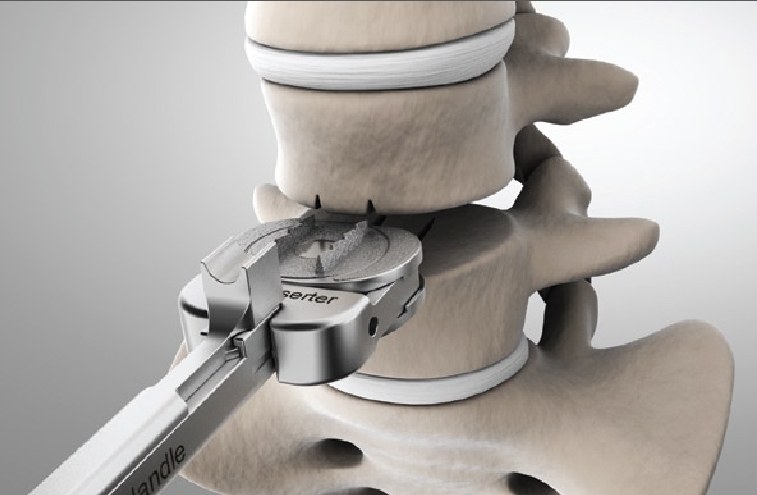Background context:
Lumbosacral fixation is commonly used for the management of lumbosacral instability. As the sacrum mainly consists of cancellous bone, bicortical fixation, in which the pedicle screw penetrates the anterior sacral cortex, can help increase the strength of fixation. However, this method carries a risk to the L5 nerve which lie anterior to the sacrum at this level.
Purpose:
The goal of this study is to determine a safe zone for the placement of S1 pedicle screws to decrease the likelihood of L5 nerve injury.
Study design:
Retrospective imaging review.
Patient sample:
This study evaluated imaging data of patients who underwent lumbar spine magnetic resonance imaging (MRI) at our institute between 09/01/2020 and 09/01/2021.
Outcome measures:
T1-weighted axial MRIs were measured at the level of S1 pedicle screw placement. The space medial and lateral to the L5 nerve root on the anterior sacrum were measured and defined as safe zones. Additionally, the nerve width and sacral lengths were measured at this level.
Methods:
The distribution of the measurements were evaluated to determine a medial and lateral safe zone, as well as the average nerve width at the level of S1 pedicle screw placement. Correlation analysis was performed to determine a relationship between safe zone sizes and sacral size.
Results:
A total of 400 MRIs were analyzed. The average medial safe zone measured was 32.8mm (95% CI: 32.2 – 33.4) with no nerves lying within 22.3mm of the midline sacrum. The average lateral safe zone measured was 17.7mm (95% CI: 17.1 – 18.2), with no nerves within 5.3mm of the lateral border of the sacrum. The average nerve root width was 6.2mm (95% CI: 6.13 – 6.34). An increased sacral length was associated with a larger medial (p<.001) and lateral (p<.001) safe zone.
Conclusion:
Our study revealed lateral and medial safe zones for the placement of S1 pedicle screws to avoid iatrogenic nerve injury in a retrospective cohort of 400 patients. There were no L5 nerve roots found within 22.3mm of the sacrum’s mid-axis or within 5.3mm of the sacrum’s anterolateral border. These defined safe zones can be used during pedicle screw planning and placement to decrease the risk of injury to the L5 nerve root.
Keywords:
Anatomy; Fusion; Lumbar; Nerve; Pedical Screw; Safe Zone; Trajectory.

